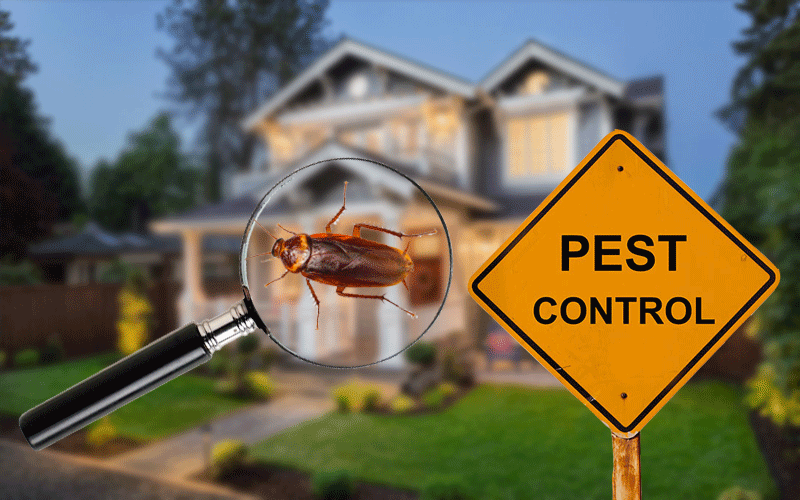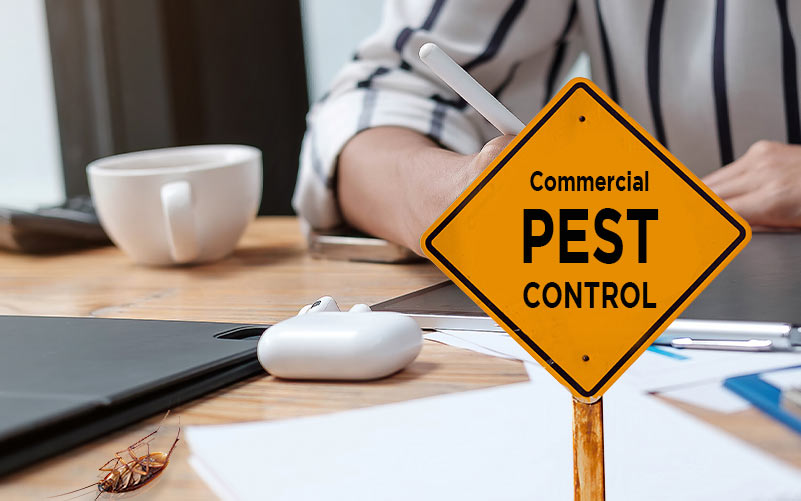Bed Bug Therapy Failure: Contrasting Chemical Vs. Non-Chemical Solutions
In the world of bug control, especially when handling the relentless problem of bed bugs, the option in between chemical and non-chemical treatment services can be a crucial one. Both methods use distinctive advantages and disadvantages, influencing elements such as efficiency, safety factors to consider, and general cost. By checking out the nuanced details of each method, a more clear understanding of which path to pursue in dealing with a bed insect invasion can be acquired.
Performance of Chemical Treatments
Chemical treatments for bed bug invasions have been commonly recognized for their rapid and powerful efficacy in eliminating these pests. When thinking about the effectiveness of chemical therapies, it is critical to comprehend that they can supply a quick and detailed service to a bed pest trouble.
Furthermore, chemical therapies have the benefit of offering recurring results, indicating that they can continue to remove bed pests even after the initial application. This residual activity is particularly beneficial in combating any kind of possible re-infestations. Furthermore, the fast action of chemical therapies can bring relief to people dealing with severe bed pest invasions, permitting them to restore control of their space quickly.
Safety And Security Worry About Chemical Solutions
One essential aspect that needs mindful factor to consider when utilizing chemical services for bed pest therapy is guaranteeing the safety of occupants and the setting. Direct exposure to specific chemicals utilized in bed insect therapies can lead to respiratory issues, skin irritability, or other negative responses, particularly in people with pre-existing problems or level of sensitivities.
In addition, the ecological influence of chemical solutions is one more significant consideration. Some pesticides made use of in bed bug therapies might be dangerous to advantageous pests, wildlife, and ecosystems if they leach into the dirt or water supply. It is vital to make use of chemical treatments carefully, following security standards, and considering much less harmful choices to minimize these threats and make certain the secure and effective monitoring of bed bug invasions.
Benefits of Non-Chemical Techniques
Taking into consideration the potential security problems and ecological effect linked with chemical solutions for bed insect therapy, discovering non-chemical techniques presents an appealing alternative with numerous unique benefits. Non-chemical treatments are ecologically pleasant, as they do not contribute to air or water pollution, making them a lasting selection for bug control.
Additionally, non-chemical options can be reliable in targeting bed pests, including hard-to-reach locations where chemical treatments may not permeate. Techniques such as warm therapy, vacuuming, vapor cleansing, and cushion coverings give extensive elimination without using damaging chemicals. Additionally, non-chemical methods can be much less disruptive, needing very little prep work and enabling quicker reentry into dealt with areas. Overall, choosing non-chemical bed bug therapy methods not just focuses on safety and security and environmental management but also makes certain comprehensive and effective insect control.
Limitations of Non-Chemical Treatments

Additionally, non-chemical treatments typically call for multiple applications to accomplish effective eradication. This can be lengthy and might not constantly assure complete removal of all bed pests and why not try these out their eggs, especially in covert or hard-to-reach areas.
Moreover, the success of non-chemical therapies heavily relies on correct application and thoroughness, which can be testing for individuals without specialist proficiency. Insufficient application of non-chemical methods might lead to incomplete eradication, resulting in persistent problems and the demand pest control vs exterminator for additional therapies.
For that reason, while non-chemical treatments have their benefits, it is important to recognize these limitations and consider them when determining one of the most efficient approach for handling bed bug invasions.
Expense Comparison: Chemical Vs. Non-Chemical Options
Provided the limitations associated with non-chemical treatments, a vital aspect to evaluate in the context of bed insect administration is the expense contrast between chemical and non-chemical alternatives. In contrast, non-chemical treatments like warmth treatment or heavy steam can be extra expensive, with prices ranging from $1,000 to $6,000 for a whole home. While the first cost of chemical therapies may appear lower, several therapies might be required to fully remove the invasion, possibly boosting the general expense.
Verdict

Taking into consideration the possible safety and security worries and environmental influence connected with chemical options for bed insect therapy, exploring i thought about this non-chemical techniques offers a promising alternative with a number of distinctive advantages.Offered the limitations connected with non-chemical treatments, an essential element to examine in the context of bed pest management is the expense contrast in between chemical and non-chemical options. In contrast, non-chemical treatments like warmth treatment or steam can be extra pricey, with prices ranging from $1,000 to $6,000 for an entire home. While the initial expense of chemical treatments might seem lower, several therapies may be called for to completely remove the infestation, possibly increasing the overall cost.In verdict, when comparing chemical and non-chemical bed pest treatment alternatives, it is essential to take into consideration performance, security, benefits, constraints, and expense.